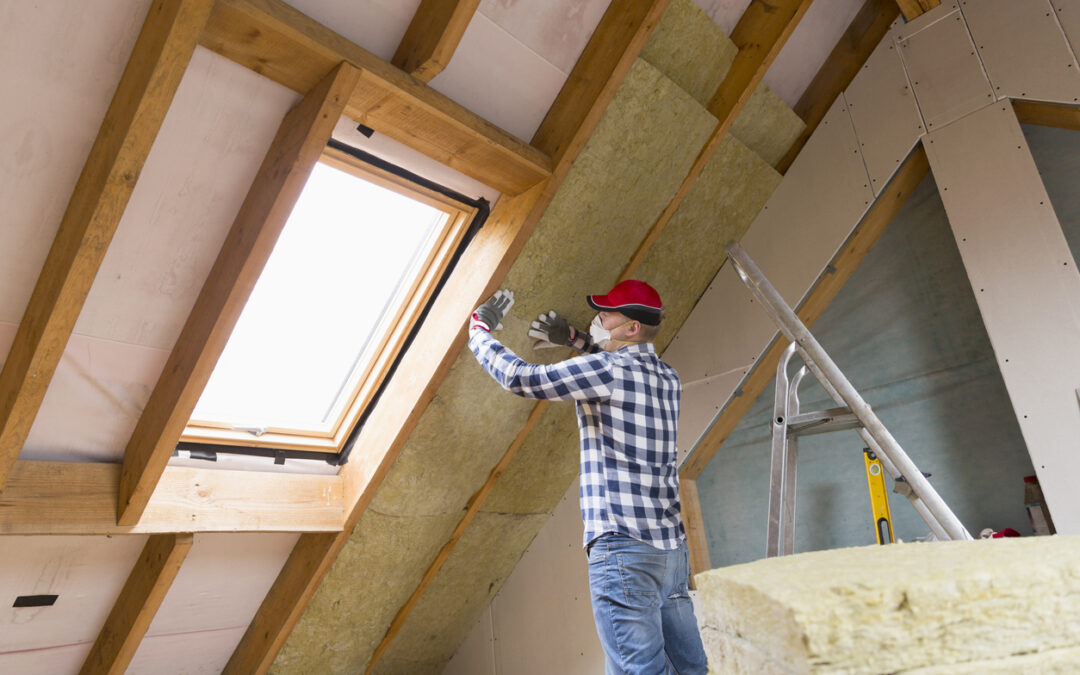
by royalcrownroofing | Nov 15, 2023 | Roofing Insulation, Uncategorized
In the expansive landscape of home energy efficiency, the importance of the roof is often overshadowed by other elements. Yet, this critical component holds the key to substantial energy savings and enhanced home comfort. In places like Texas, where temperatures swing dramatically, a roof does more than just shield; it acts as a thermal regulator, influencing the entire energy dynamic of your home.
Consider the role of a roof in mitigating the sweltering Texas heat. It’s not just a barrier against the sun; it’s a reflective surface, redirecting solar radiation and reducing the amount of heat absorbed. This function is crucial in keeping indoor spaces cooler and reducing reliance on air conditioning. The choice of roofing materials plays a significant part in this process. Light-colored shingles, for instance, can reflect more sunlight, while modern roofing technologies, including energy-efficient coatings, further enhance this reflective capacity.
But the efficacy of a roof in terms of energy efficiency extends beyond its outer layer. The harmony of insulation and ventilation beneath is what truly completes the energy-saving picture. Proper insulation keeps the desired air indoors, whether it’s the warmth during winter or coolness in summer. Simultaneously, adequate ventilation is essential to prevent heat accumulation and moisture buildup in the attic. Together, they ensure a balanced indoor climate, reducing the strain on heating and cooling systems.
Maintenance is another cornerstone of an energy-efficient roof. Even the most well-designed roof can falter in its efficiency role if not properly maintained. Regular checks, timely repairs, and upkeep like gutter cleaning are essential for the roof to perform optimally. A roof in disrepair not only compromises the home’s structural integrity but also leads to increased energy consumption.
In choosing a roofing partner, the stakes are high for residents and businesses in Spring, The Woodlands, Conroe, and the North Houston Area. It’s not merely about finding someone to install or repair a roof; it’s about engaging a team that understands the broader implications of roofing on energy efficiency. This team needs to blend expertise with a passion for quality, viewing each roofing project through the lens of energy savings and environmental impact.
When it comes to turning your home into an energy-efficient haven, the journey begins at the top. A well-designed, properly installed, and meticulously maintained roof is more than a protective cover; it’s a critical player in your home’s energy performance. With a team that combines decades of roofing knowledge and a commitment to excellence, Royal Crown Roofing will make sure your roof becomes a strategic asset in controlling energy costs and achieving a comfortable, eco-friendly home environment.
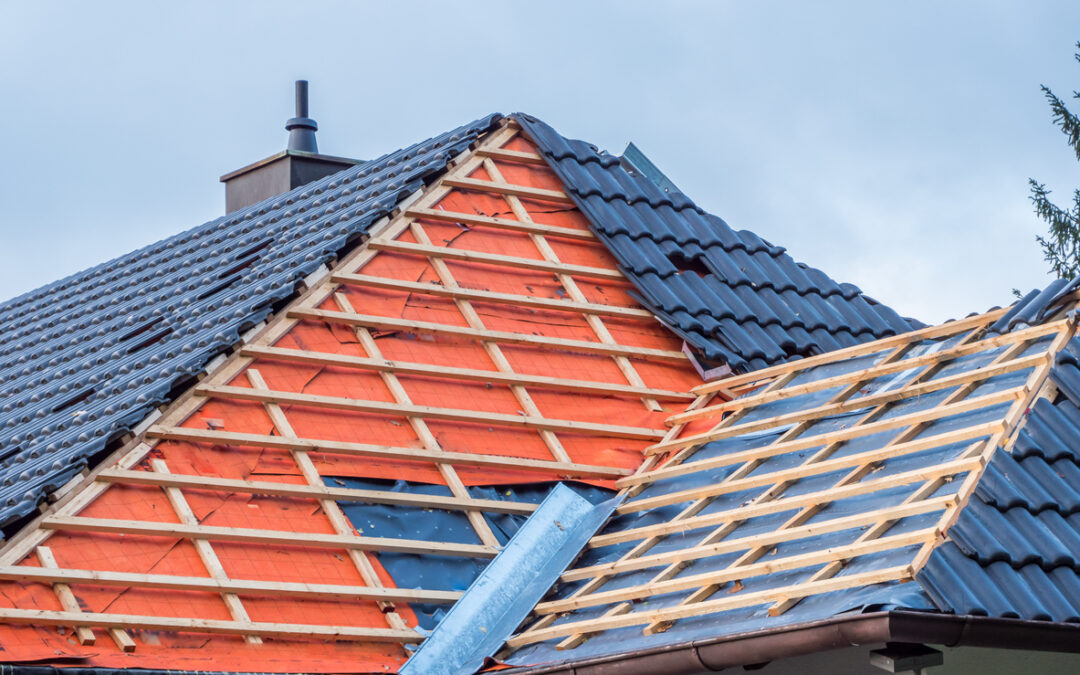
by royalcrownroofing | Jun 16, 2023 | Roof Maintenance, Roofing Insulation, Roofing Materials
Are you prepared?
Every year from June 1st through November 30th we have hurricane season here in the Houston area. But, hurricanes usually occur in the months of August and September, so there’s time to get ready.
Storms of any kind can wreak havoc on roofs, causing significant damage and requiring costly repairs. This time of the year calls for addressing any repairs or maintenance needs on your roof, so it will be in good condition and able to withstand storm damage when it comes.
Overhanging tree branches pose a significant risk during storms, as they can break and damage your roof. Regularly trim trees near your home to prevent branches from falling onto the roof. Additionally, ensure that all nearby trees are healthy and structurally sound, as weak or diseased trees are more likely to fall during high winds.
Debris on your roof and in the gutters like leaves and twigs clog drains and cause water accumulation, leading to potential leaks inside your home and damage to the walls outside, as well as to the foundation and landscaping. It needs clearing before heavy rain and high winds arrive.
Loose or damaged roofing materials, such as shingles or tiles, are susceptible to further damage during storms. Inspect your roof for any loose, cracked, or missing shingles, and replace or repair them promptly. Ensure that flashing around chimneys, vents, and skylights is secure and in good condition. Consider reinforcing vulnerable areas with roofing cement or adhesive to prevent them from being dislodged by strong winds. Securing your roofing materials will enhance their resistance to storm damage.
Adequate roof ventilation plays a vital role in maintaining the integrity of your roof during storms. Proper ventilation helps regulate temperature and moisture levels, preventing the formation of excessive condensation. Moisture buildup can weaken the roof structure and cause mold growth. Consult a roofing professional to ensure that your roof has appropriate ventilation, including ridge vents, soffit vents, or attic fans. Proper ventilation will reduce the risk of storm damage and promote the longevity of your roof.
Regular roof inspections are essential to identify and address any existing or potential issues before a storm hits. Hire a professional roofing contractor to assess the condition of your roof, including loose or damaged shingles, deteriorated flashing, or weakened areas.
Protecting your roof from storm damage requires proactive measures and regular maintenance. Royal Crown Roofing experts will inspect your roof and take care of the necessary repairs that will extend its lifespan and safeguard your home during our coming storm season. Contact them to set up an appointment.
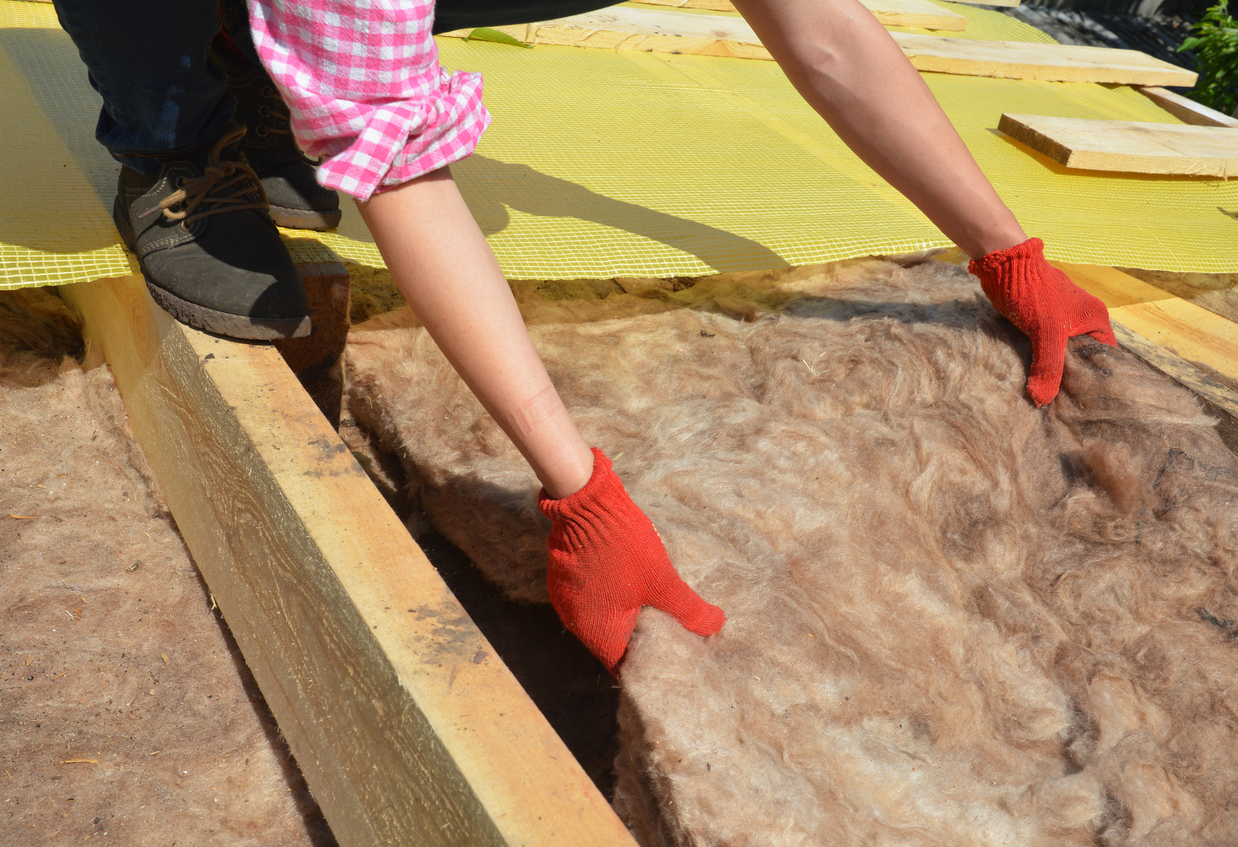
by royalcrownroofing | Jun 9, 2023 | Roof Maintenance, Roofing Insulation, Roofing Materials
Insulating a roof is crucial for maintaining comfortable indoor temperatures, reducing energy consumption, and ensuring cost efficiency. There are various types of roofing insulation materials available, each with its unique properties and advantages.
Fiberglass insulation is one of the most common and widely used types of roofing insulation.
It consists of fine glass fibers that trap air pockets, creating a barrier against heat transfer. Fiberglass insulation is lightweight, fire-resistant, and has excellent thermal performance. It is available in pre-cut batts or rolls, making it easy to install between roof rafters or in attic spaces. However, proper protective equipment, such as gloves and masks, should be worn during installation due to potential skin and respiratory irritants.
Cellulose insulation is an eco-friendly option that offers excellent thermal and sound insulation properties.
Cellulose insulation is made from recycled paper fibers treated with fire-retardant chemicals. Cellulose insulation is often blown or sprayed into the roof cavity or attic, providing a seamless and efficient coverage. It is particularly suitable for irregularly shaped spaces or areas with obstructions. However, proper moisture control and vapor barriers should be in place to prevent moisture accumulation and potential damage.
Spray foam insulation is a versatile option that creates a seamless, airtight barrier.
Typically applied as a liquid, spray foam insulation expands and solidifies, filling gaps, cracks, and voids. It provides excellent thermal insulation, air sealing, and moisture control, and is particularly effective in preventing air leakage and reducing energy loss. However, professional installation is recommended, as the process requires specialized equipment and expertise. It is also important to note that some types of spray foam insulation may release volatile organic compounds (VOCs) during application, so proper ventilation is necessary.
Rigid foam insulation, also known as foam board insulation, is a rigid panel made of polystyrene, polyisocyanurate, or polyurethane.
It offers high thermal resistance and can be installed on the roof deck or as an additional layer on top of the existing roof. Rigid foam insulation provides excellent moisture resistance and helps prevent condensation. It is lightweight, easy to handle, and can be cut to fit specific dimensions. However, it may require additional protection against sunlight and potential damage from impacts or foot traffic.
Choosing the right roofing insulation is essential for improving energy efficiency and maintaining a comfortable indoor environment. By understanding the properties and benefits of different types of roofing insulation, homeowners and builders can make informed decisions to enhance the efficiency and longevity of their roofs. Contact Royal Crown Roofing for their expert advice on what you need for your home. They are there to serve you.
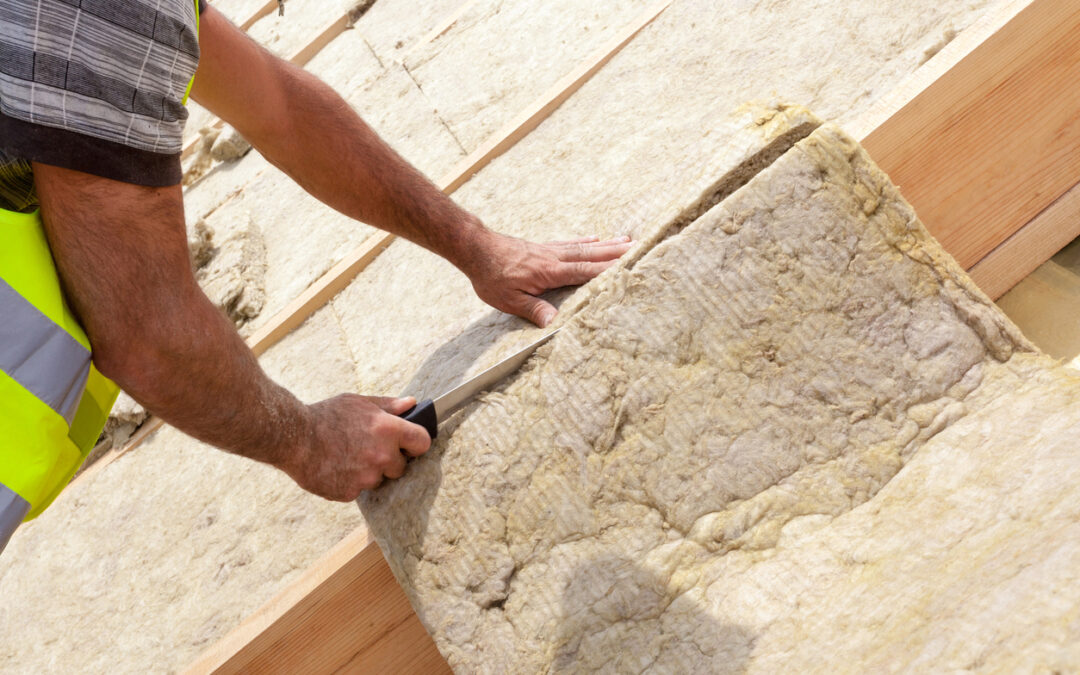
by royalcrownroofing | Jun 2, 2023 | Roof Maintenance, Roofing Insulation, Roofing Materials
Energy efficiency has become a key consideration in various aspects of our lives, including the construction and maintenance of all types of buildings, including homes. You reduce the need for excessive heating or cooling when you make an investment in it, including when you get an energy-efficient roofing system. Not only that, but it saves you both time and money.
By effectively insulating a home or building, roofs can help maintain a consistent indoor temperature throughout the year, thereby reducing the reliance on heating and air conditioning systems. And the stable indoor temperature created by these roofs promotes a more comfortable home and working environment, leading to increased productivity and well-being. Additionally, energy-efficient roofing can minimize temperature fluctuations, reducing the need for constant thermostat adjustments. And this, in turn, leads to significant energy savings and lower utility bills.
When your energy-efficient roof reduces energy consumption, it also lowers greenhouse gas emissions associated with heating and cooling systems. Furthermore, energy-efficient materials often incorporate recycled or sustainable components, reducing the demand for new materials and minimizing waste. The use of cool roofing materials, which reflect sunlight instead of absorbing it, can also mitigate the urban heat island effect, where cities like our Houston area location become significantly warmer due to heat absorption by buildings and pavements.
Energy-efficient roofing materials are typically more durable and resistant to wear and tear. This increased resilience leads to protection against extreme temperatures, and other weather-related damage in addition to helping to protect against UV radiation. This means a longer roof lifespan, reducing the frequency and cost of repairs or replacements.
Over time, the cost savings on energy expenses can offset the initial investment in energy-efficient roofing, making it a financially viable choice for long-term sustainability. Royal Crown Roofing experts are standing by, waiting to be of assistance. Contact them today!
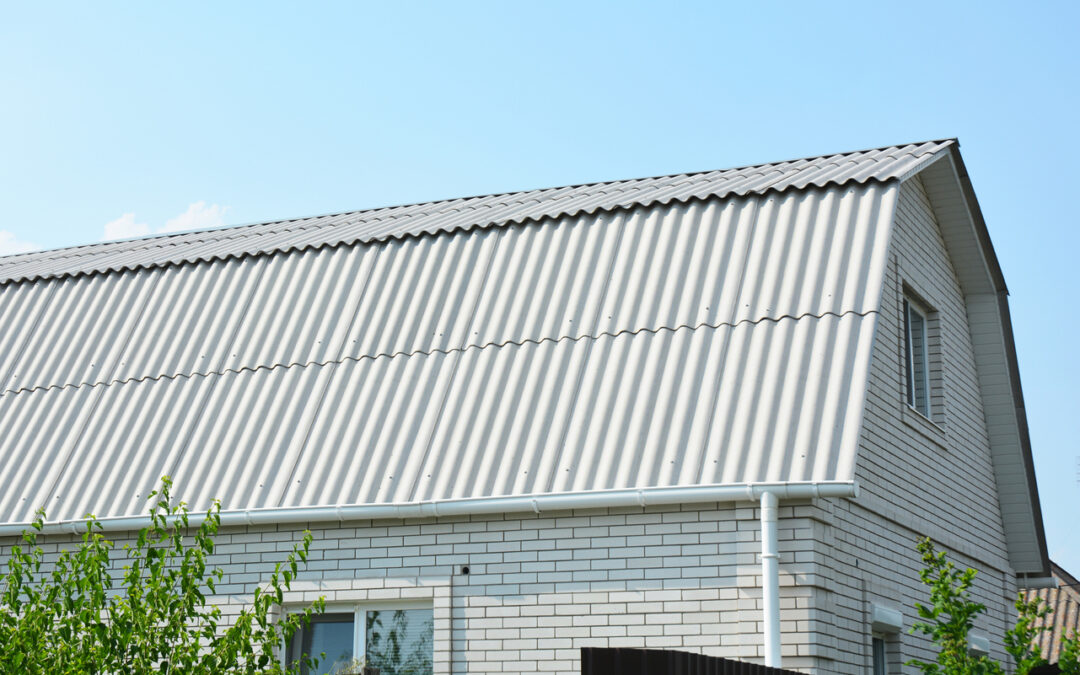
by royalcrownroofing | Feb 13, 2023 | Roof Replacement, Roofing Insulation, Roofing Materials
Cool roofing is a type of roofing designed to reflect sunlight and heat away from the home, making it an ideal choice for homeowners in hot climates like Houston, TX. This type of roofing is made from materials that are specially designed to reflect, rather than absorb, heat. In addition to being energy-efficient, cool roofing also provides several other benefits for homeowners.
One of the primary benefits of cool roofing is the energy savings it provides. By reflecting sunlight and heat away from the home, cool roofing can help reduce the amount of energy required to keep the interior cool, resulting in lower energy bills. This can be particularly beneficial for homeowners in hot climates, where air conditioning can account for a significant portion of their energy usage.
Cool roofing can also improve the overall comfort of your home. By reflecting heat away from the roof, it can help maintain a more consistent indoor temperature, reducing the need for frequent adjustments to your air conditioning system. This can make your home more comfortable to live in, while also reducing the strain on your HVAC system.
Another advantage of cool roofing is that it can extend the lifespan of your roof. When traditional roofing materials absorb heat, they can become damaged over time, leading to cracks, warping, and other forms of deterioration. Cool roofing, on the other hand, is designed to reflect heat away from the roof, reducing the amount of heat absorbed by the roofing material and helping it last longer.
Cool roofing is made using a variety of materials, including reflective coatings, tiles, and shingles. Reflective coatings are applied to the surface of the roof and are designed to reflect sunlight and heat away from the home. Tiles and shingles made from materials like metal and clay are also effective at reflecting heat, making them ideal choices for cool roofing.
At Royal Crown Roofing, we have experience in cool roofing installation and repair. Our team of experts can help you choose the perfect cool roofing solution for your home and ensure a smooth installation process. If you’re interested in learning more about the benefits of cool roofing or would like to schedule a consultation, contact us today.
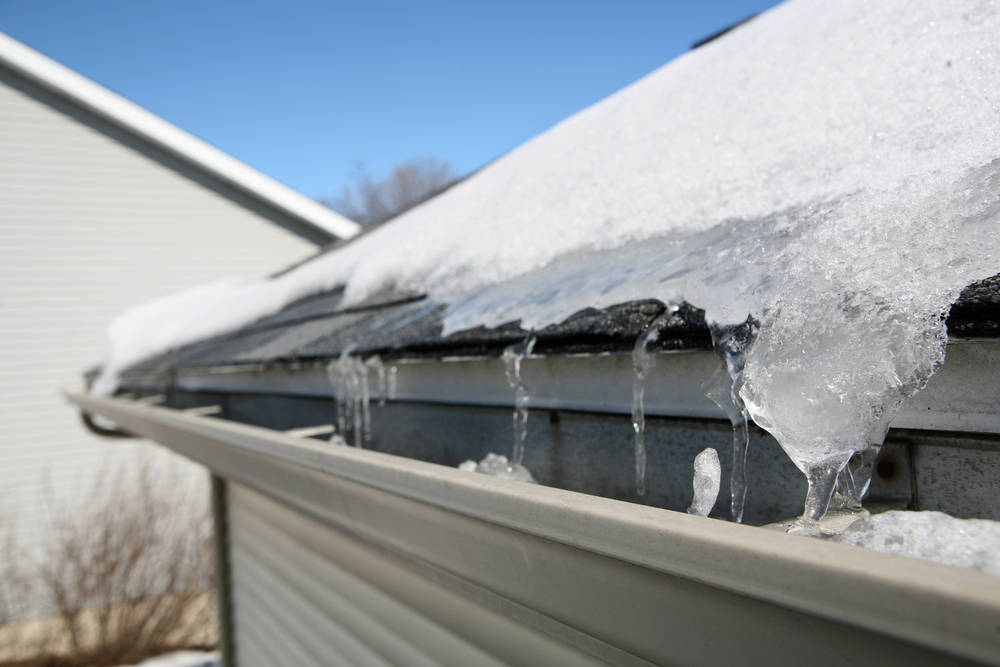
by siteadmin | Nov 1, 2019 | Roof Cleaning, Roof Maintenance, Roof Replacement, Roofing Insulation
With winter around the corner, it’s time to get your house ready to withstand the colder temperatures. Getting your house prepared starts with your roof, especially since it’s what keeps your home warm and dry inside. Don’t neglect this important step this season; winterize your roof–your family and pocketbook will thank you!

Winterize Now, Keep Warm Later
We’re starting to get a taste of cooler weather, which means the chance of snow and ice is increasing. This is the time to winterize your roof. Without proper preparation, your roof could collapse and end up ruining your winter vacation. Focus on these ways to protect the roof of your home this season.
- Inspect your Houston roof
- Trim the tree limbs
- Empty the gutters
- Replace caulking
- Watch out for pests
1) Inspect your Houston roof
The first step of getting prepared is to perform a roof inspection.
- On the exterior, check for damaged shingles, mold, or rotted wood that could worsen with cooler weather. If you have a chimney, schedule a cleaning and ensure that it has proper ventilation.
- After you’ve checked the outside of the house, don’t forget to inspect the inside. Subtle leaks in the ceiling or problems with the attic insulation could be a sign of a bigger problem from the roof.
2) Trim the tree limbs
The next step is to look at the trees that might surround your house. In the case of a severe storm, overhanging trees can snap and the tree branches might land on your roof. Without taking this step beforehand, your house might be exposed to the wind and rain.
3) Empty the gutters
You should be cleaning your gutters throughout the year, but it’s important to ensure they’re empty and working properly as you’re winterizing your roof. If you have clogged gutters, melting snow and ice won’t have a place to drain and will end up causing water damage.
Pro Tip: Avoiding damage to your home’s exterior starts with a gutter system. It’s a good idea to clean them every 3 months to keep your foundation and roof in the best shape.
4) Replace caulking
If you’re a homeowner, you’re probably familiar with caulk. It’s used to seal joints, seams, and every other corner imaginable. As the temperatures start to drop outside, it’s important to make sure the caulk throughout your house hasn’t become wrinkled or cracked. Replacing the caulk will prevent air leaks and improve your energy efficiency.
5) Watch out for pests
As the winter season approaches, be aware that pests might build nests or create holes in your roof to stay warm. From squirrels to birds to rats, you’ll have stay on watch throughout the season. Consider hiring a pest control expert to help you look for signs of damage before your roof needs repair.
Have you winterized your Woodlands home yet?
If you don’t have the time or resources available for preparation, consider hiring a professional service to inspect and clean your roof. There shouldn’t be any reason your home isn’t ready for the cold weather. The longevity and durability of your roof depend on it.
Contact us today for more information about winterizing your roof and how to keep your home in the best shape this season.










